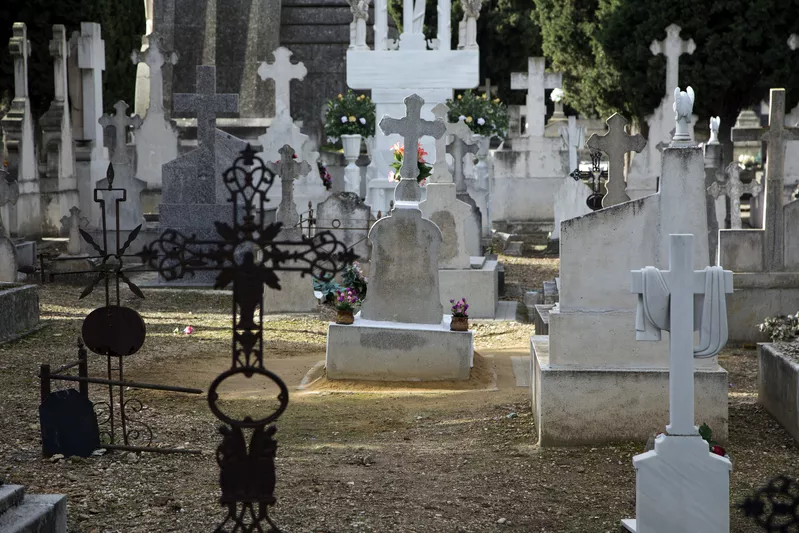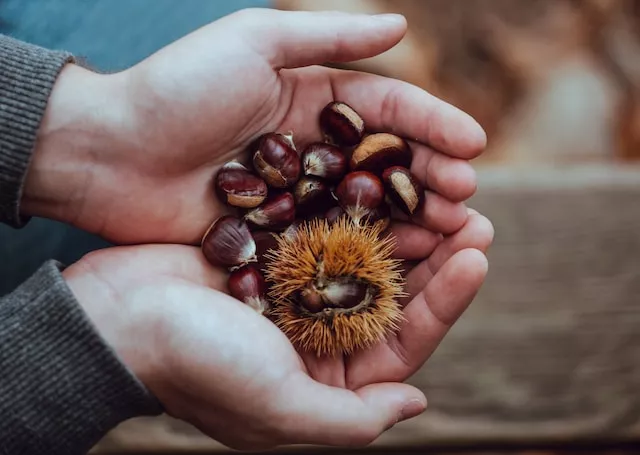El próximo miércoles 1 de noviembre de 2023 tendrá lugar la conmemoración del Día de Todos los Santos, una festividad religiosa que se celebra en diversos países del mundo. Aunque su nombre varía según el país y su origen cultural es diverso, esta celebración comparte un propósito común: rendir homenaje a los seres queridos que han fallecido y honrar a los santos y mártires de la Iglesia Católica. A lo largo de este artículo, exploraremos las distintas tradiciones y prácticas que se llevan a cabo en diferentes países alrededor del mundo para conmemorar este día especial.
Origen
Aunque su origen no se puede rastrear con certeza, se sabe que el papa Bonifacio IV inició formalmente lo que más tarde se conocería como el Día de Todos los Santos el 13 de mayo en el año 609, cuando dedicó el Panteón de Roma como iglesia en honor a la Virgen María y a todos los mártires. La fecha actual del 1 de noviembre fue establecida por el papa Gregorio III durante su mandato (731-741) cuando dedicó una capilla en la Basílica de San Pedro de Roma en honor a todos los santos. Aunque en un principio esta celebración se limitaba a Roma, más tarde, en el año 837, el papa Gregorio IV ordenó la observancia oficial del Día de Todos los Santos cada 1 de noviembre y extendió su celebración a toda la Iglesia. Aunque el Día de Todos los Santos es una festividad religiosa, se celebra de diferentes maneras en todo el mundo.
México: El Día de los Muertos
Se combina con otra festividad conocida como el Día de los Muertos. Esta celebración, que se lleva a cabo los días 1 y 2 de noviembre, es un homenaje a los seres queridos fallecidos. Las familias crean altares en sus hogares y visitan los cementerios para decorar las tumbas con flores, velas, y ofrendas de comida y bebida para los difuntos. Además, es común crear calaveras de azúcar y realizar desfiles en honor a los muertos. El Día de los Muertos es un ejemplo de cómo una festividad religiosa ha incorporado elementos de la cultura prehispánica y se ha convertido en una expresión única de la identidad mexicana.
España: La Fiesta de Todos los Santos
El Día de Todos los Santos es un día festivo obligatorio en algunos países, como España. La festividad se caracteriza por la visita a los cementerios para honrar a los difuntos y adornar sus tumbas con flores, especialmente crisantemos. Además, según la región, existe una gran variedad de tradiciones y costumbres. En Galicia, por ejemplo, se celebra la noche del 31 de octubre al 1 de noviembre con la tradicional "Queimada", una bebida alcohólica que se quema en una cazuela mientras se recita un conjuro para ahuyentar a los malos espíritus. En otros lugares, como en Andalucía, se celebra con la tradicional "Castañada", donde se comen castañas asadas y dulces típicos de la región
Italia: La Festividad de Ognissanti
En esta fecha, las familias italianas suelen visitar los cementerios para limpiar y decorar las tumbas de sus seres queridos con flores frescas. También es una ocasión para disfrutar de dulces tradicionales como los "ossi dei morti" (huesos de los muertos) y "fave dei morti" (habas de los muertos). La celebración de Ognissanti es una oportunidad para mantener vivos los recuerdos de aquellos que han fallecido y fortalecer los lazos familiares.
Filipinas: Undas
Durante este día, las familias filipinas visitan los cementerios para limpiar y decorar las tumbas de sus seres queridos. También se acostumbra a encender velas y ofrecer flores y alimentos a los difuntos. En algunos lugares, como en la provincia de Pampanga, se celebra con la tradicional "Lubenas", una procesión que se realiza en la noche del 31 de octubre al 1 de noviembre, donde se llevan velas y se cantan canciones religiosas. También es tradicional encender lámparas de aceite en las tumbas como una forma de iluminar el camino de las almas de los fallecidos.
Polonia: Wszystkich Świętych
Durante este día, las familias polacas también visitan los cementerios para limpiar y decorar las tumbas de sus seres queridos. También se acostumbra a encender velas y ofrecer flores y alimentos a los difuntos. En algunos lugares, como en Cracovia, se celebra con la tradicional "Zaduszki", una procesión que se realiza en la noche del 1 de noviembre, donde se llevan velas y se cantan canciones religiosas.
Francia: La Toussaint
En Francia, el Día de Todos los Santos se conoce como "La Toussaint". Esta festividad se celebra el 1 de noviembre y es un día festivo en el país. Las familias francesas visitan los cementerios para honrar a sus seres queridos fallecidos, limpiando y decorando las tumbas con flores. También es común encender velas en las tumbas y realizar oraciones en memoria de los difuntos. La Toussaint es una ocasión para la reflexión y el recuerdo, así como una oportunidad para reunir a la familia.
Alemania: Allerheiligen
En este país, a este día se le conoce como "Allerheiligen" y se celebra el 1 de noviembre. Al igual que en otros países europeos, es tradicional visitar los cementerios para honrar a los difuntos y decorar sus tumbas con flores frescas. Las velas también desempeñan un papel importante en la conmemoración, iluminando el camino de las almas de los fallecidos. Además, las familias suelen pasar tiempo juntas y compartir comidas especiales durante este día festivo.
Halloween
Una celebración más internacional de este día es Halloween, que se celebra el 31 de octubre. Aunque Halloween tiene raíces en el folclore celta y en la festividad cristiana del Día de Todos los Santos, la mayoría de las personas en estos países lo asocian más con disfraces, golosinas y festividades de temática espeluznante. Las actividades incluyen el tallado de calabazas, la decoración de casas con motivos de Halloween y el famoso "truco o trato", en el que los niños y niñas recorren las calles pidiendo dulces.
Como hemos podido comprobar a lo largo de este artículo, a pesar de su carácter religioso, existen múltiples formas de celebrar el Día de Todos los Santos. Y tú, ¿cómo lo vas a celebrar?







